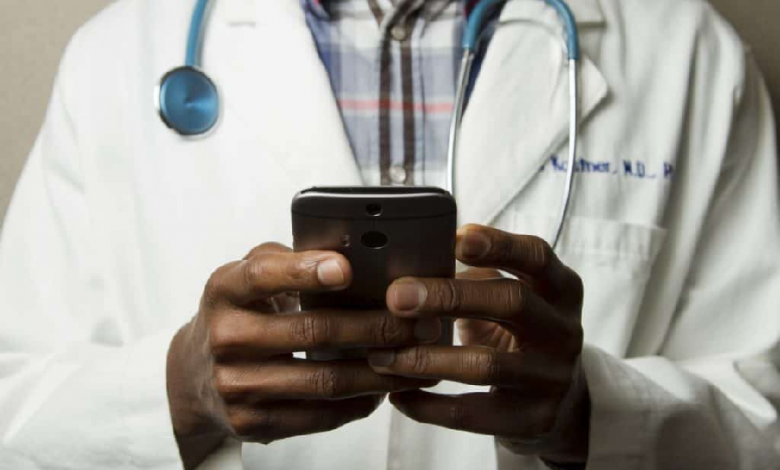The Different Types of Remote Patient Monitoring and Their Significances

With the high revolution in technology in the health field, remote patient monitoring devices are great discoveries in the medical field that have proved to be significant. The devices not only do they prove to be important to the health care providers, but are also essential to the patient themselves. Remote monitoring devices help to observe and analyze the patient’s condition regardless of their geographical location. When monitoring patients with diabetes, high blood pressure, dementia, or pregnancy, or weight loss, the remote patient monitoring devices necessitates monitoring at any time and any place. The remote patient monitoring devices acquire and transmit the data from the patient to the clinician or health care provider. The transmitted data is then analyzed by the professionals at any place of their convenience and makes the necessary recommendations to the patient. If the patient’s condition is chronic, the health care may call him to the medical facility for more evaluation and treatment.
Significance of using remote patient devices
- Remote patient devices facilitate the communication between the patient and the health care provider which eases the healing and recovery process. This communication helps to empower the users to take more control of the care plans.
- In addition, the remote patient monitoring devices create a high level of trust and transparency between the patient and the health care provider. This proves essential in the healing process.
- The devices also give more knowledge and understanding of the condition a patient is to both the health care provider and the patient which enables them to make well-informed decisions and guidelines for the treatment options.
- The remote patient monitoring devices have proved to be cost-effective, providing comfort and conveniences for both the patient and the health care providers. This ranges from the lower readmission rate, travel costs, and time.
The common types of remote patient monitoring devices
- Blood pressure monitor
A blood pressure monitor is an easy-to-use device that helps to monitor blood pressure by taking multiple readings and reporting the daily averages. It’s an inflatable cuff filled with air that squeezes the arm and automatically calculates the patient’s heart rate and blood flow by measuring the various changes in the artery motion. The readings are then sent to the clinicians who provide the necessary guidelines to the patient.
- Continuous glucose monitor
For diabetes patients, regular blood sugar monitoring is crucial. The glucose monitor helps to monitor the medication effects, track the treatment progress and diet.
- Anticoagulation testing device
Helps to monitor patients with atrial fibrillation, artificial heart valves, and deep vein thrombosis. The anticoagulation devices use a drop of blood to collect the relevant data from the patient which are later transmitted to the health care provider for instructions and recommendations
To wrap up, remote patient monitoring has been adopted at a high rate since they have proven to be significant especially in monitoring the patient’s condition. Besides, it tremendously reduces the patient’s anxieties and sudden emergencies that may occur due to lack of proper information on the patient’s condition.

